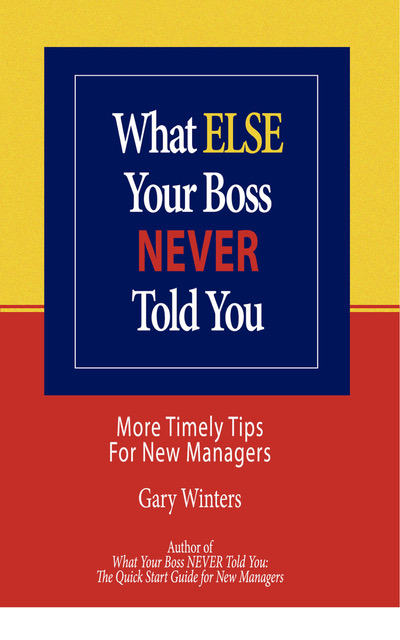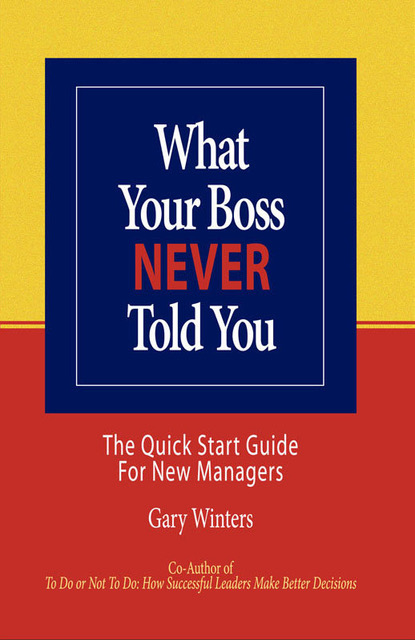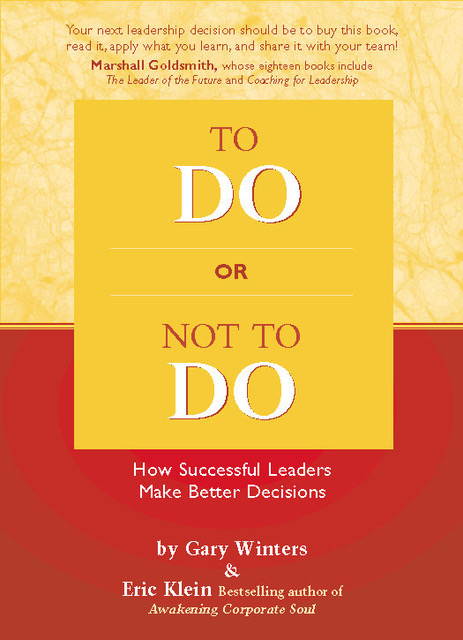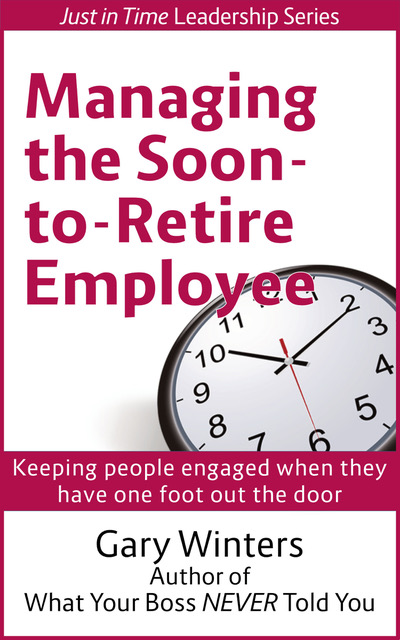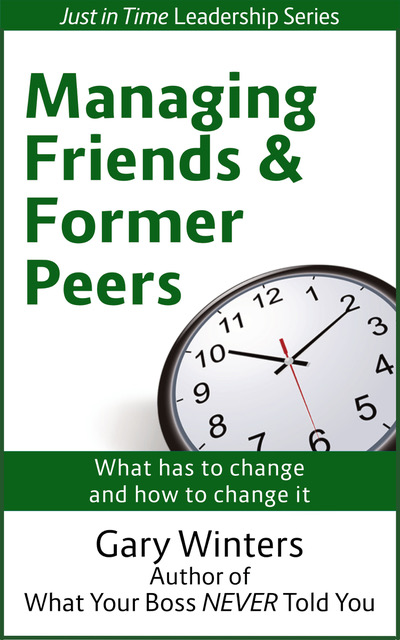 When you accepted the responsibility to be a leader, you got in the Feedback Delivery business. Your team thrives on your feedback. They want to know:
When you accepted the responsibility to be a leader, you got in the Feedback Delivery business. Your team thrives on your feedback. They want to know:
- How are we doing? (How am I doing?)
- Are we on track? (Am I on track?)
- What are we doing well? (What am I doing well?)
- Is there anything we screwing up? (Is there anything I’m screwing up?)
- What do you like about our performance? (What do you like about my performance?)
- What concerns you about it? (Do you have any concerns about my performance?)
It is up to you to provide feedback (what some have called “the breakfast of champions”) on a frequent, timely basis. It is through feedback that people can adjust their behavior to get closer to achieving their goals and obstacles.
Here are some suggestions to maximize the feedback you’ll offer your team:
- Pick the time and place carefully
Praise in public, reprimand in private.
- Offer feedback as closely in time as possible to the behavior
People respond most to the feedback they receive immediately after the behavior. “The way you handled that phone call [five minutes ago] could have been a ‘clinic’ on good customer service!” rather than “Remember that guy with that huge chip on his shoulder that you handled last week? You were great!”
- Focus on behavior, not “attitude”
“I’ve noticed you spend a lot of time gazing out the window during our staff meetings,” instead of “You have a lousy attitude. I can tell from how you act in our meetings.”
- Be as specific as possible
“Great job!” sounds like good, positive feedback, and to a certain extent, it is. But compare it with “I’m so impressed with the depth of analysis on those monthly reports you’ve been preparing.”
- Check for understanding
Particularly if the feedback is not likely to be easily received, you’ll want to make sure the employee has internalized what you’ve said. “So, what’s the one thing I want you to focus on to improve your performance?”
- Be willing to listen
“I’d like to hear your perspective on this.”
- Focus on ending on a positive note
“John, we’ve been talking about how you could take your presentations to Council up a notch or two. I’m quite confident, based on how I’ve seen you tackle other challenges that have come along, that you’ll have this licked in no time.”
- When it makes sense, co-create an action plan and remember to follow it
“Carmen, what steps do you think you should take to address this concern? Let’s get some agreement on how to move forward.”
No news is not necessarily good news.
The leader who won’t offer frequent feedback to his or her staff is missing many wonderful opportunities to help the team move forward.
This article is part of a series of 26 posts for the month of April called “Blogging from A to Z,” an idea first suggested by Arlee Bird of Tossing It Out.

